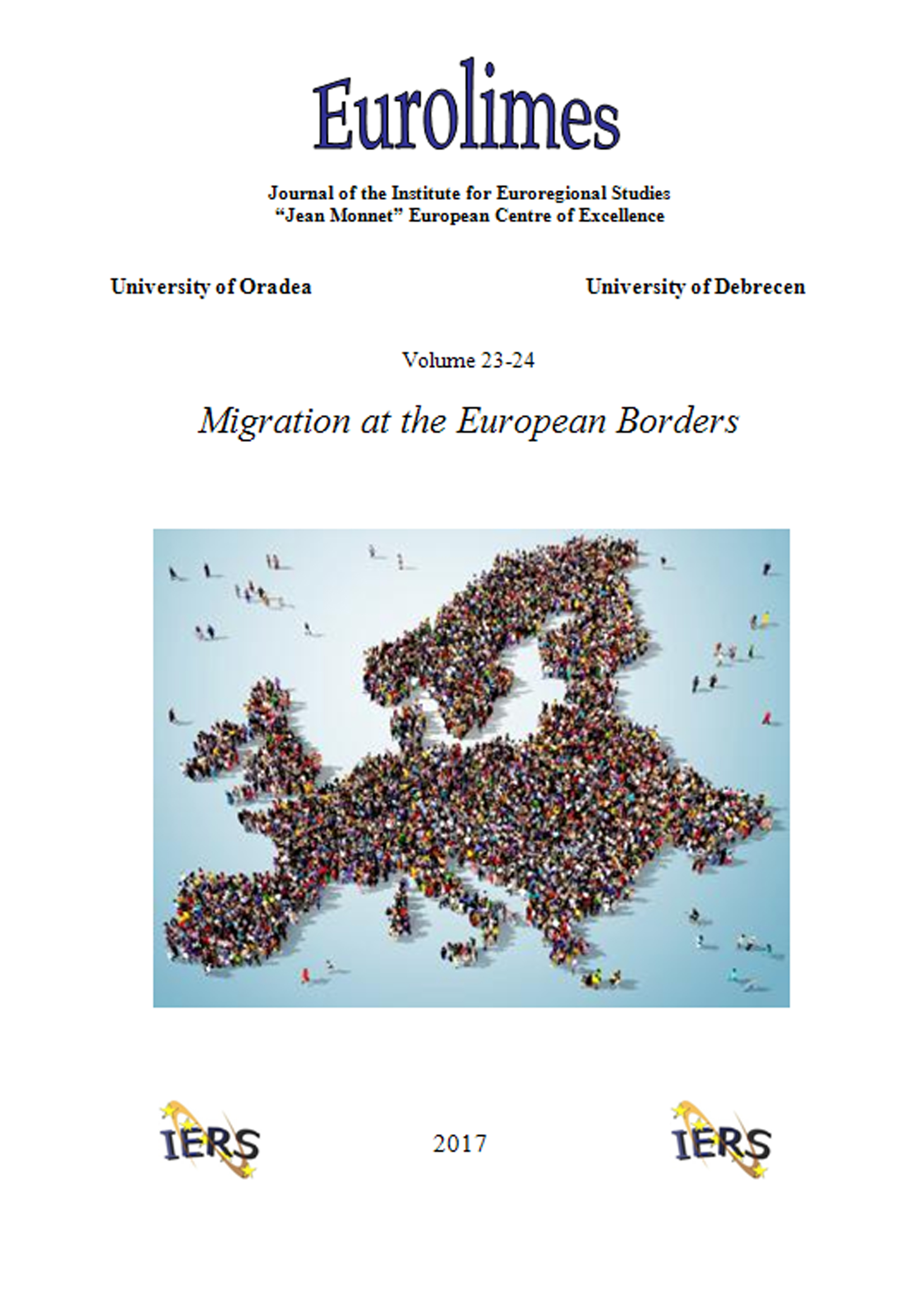International Migration into Europe – An Old-new Challenge from the Afro-Asian Neighbourhood
International Migration into Europe – An Old-new Challenge from the Afro-Asian Neighbourhood
Author(s): Károly Kocsis, Judit Sansum Molnár, Gábor Michalkó, Zsolt Bottlik, Balázs Szabó, Dániel Balizs, György VargaSubject(s): Politics / Political Sciences
Published by: Editura Universitatii din Oradea
Keywords: international migration; foreign-born population; asylum seekers; refugee; Europe; Middle East; Africa
Summary/Abstract: The history of the intercontinental migration between Europe and its Afro-Asian neighbourhood dates back to the Palaeolithic. Although the paper outlines the history of international migrations affecting Europe (immigration, emigration, migration within Europe and between countries) and the demographic effects of such migration on the present European population, it try to analyse the global and regional causes of the recent European migration crisis(2015–2016), the countries of origin of the migrants, the main routes of migration, and the destination areas in Europe. From among the various and multidisciplinary research possibilities,the study focuses on a geographical analysis. As far as intercontinental migration is concerned,Europe was characterised by emigration between the 16th and mid-20th centuries and mainly by immigration thereafter. Immigration has principally affected Western Europe, the more developed part of the continent. In consequence of post-WWII reconstruction, dynamic economic development, local labour shortages, and the decolonisation process, Western Europe received many migrants, initially from the Mediterranean region and subsequently from the post-communist European countries. Meanwhile, the core areas of the European Economic Area (EEA) became the main destination for migrants coming from predominantly Muslim regions in Asia and Africa. This decades-old process suddenly accelerated in the year 2015 and constituted mass migration. The global and regional causes of such intercontinental migration in the sending areas are as follows:the population boom, economic backwardness, unemployment, growing poverty, climate change,desertification, negative ecological changes, global political rivalries and local power changes(e.g. the Arab Spring, 2011), growing political instability, wartime destruction, multiple and cumulative crises, general hopelessness and despair.
Journal: Eurolimes
- Issue Year: 2018
- Issue No: 23+24
- Page Range: 167-190
- Page Count: 23
- Language: English
- Content File-PDF

